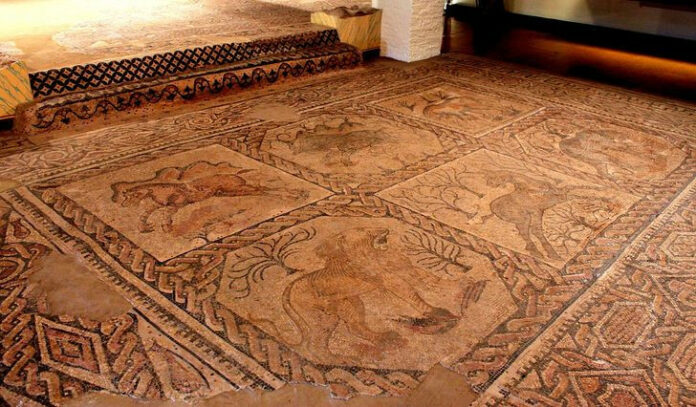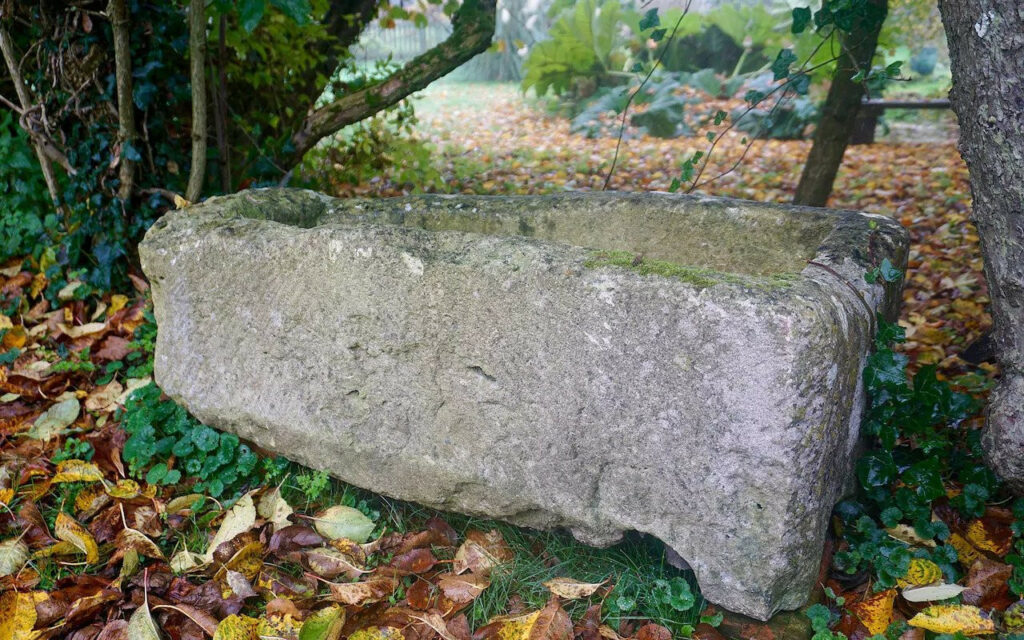A Home Improvement Project Leads to an Archaeological Treasure
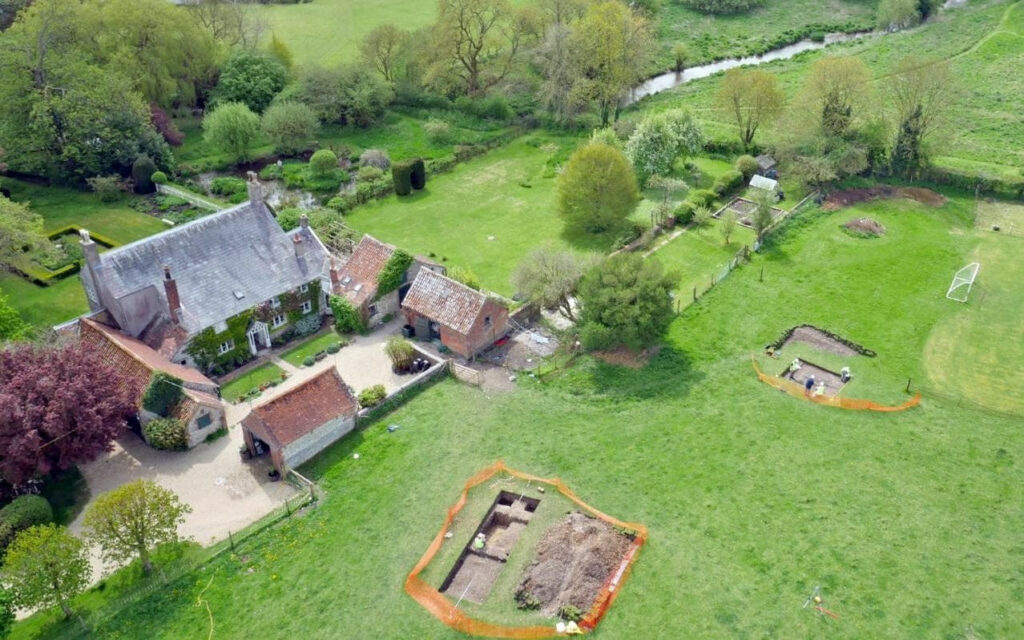
Luke Irwin, a Dublin-born designer living near Tisbury, Wiltshire, stumbled upon an extraordinary find while laying electricity cables in his backyard. What started as a simple home improvement project turned into one of the most significant archaeological discoveries in recent UK history.
The Unexpected Find
While digging a trench for cables, Irwin’s builders hit something solid just 18 inches below the surface. Upon closer inspection, they uncovered a section of a remarkably well-preserved Roman mosaic. Intrigued by the discovery, Irwin contacted local archaeological experts to investigate further.
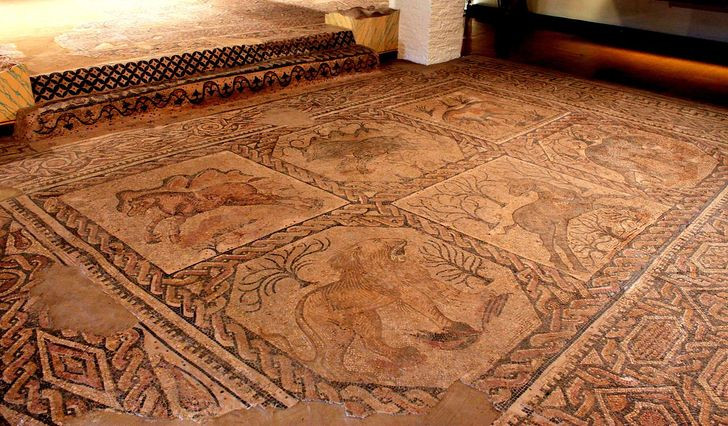
Unveiling the Deverill Villa
Subsequent excavations revealed that the mosaic was part of a grand Roman villa, now known as the Deverill Villa. Dating back to between 175 AD and 220 AD, the villa is believed to have been a three-story structure with approximately 20-25 rooms on the ground floor alone. Its grounds extended over 100 meters in both width and length, rivaling the famous Chedworth Roman Villa in Gloucestershire.
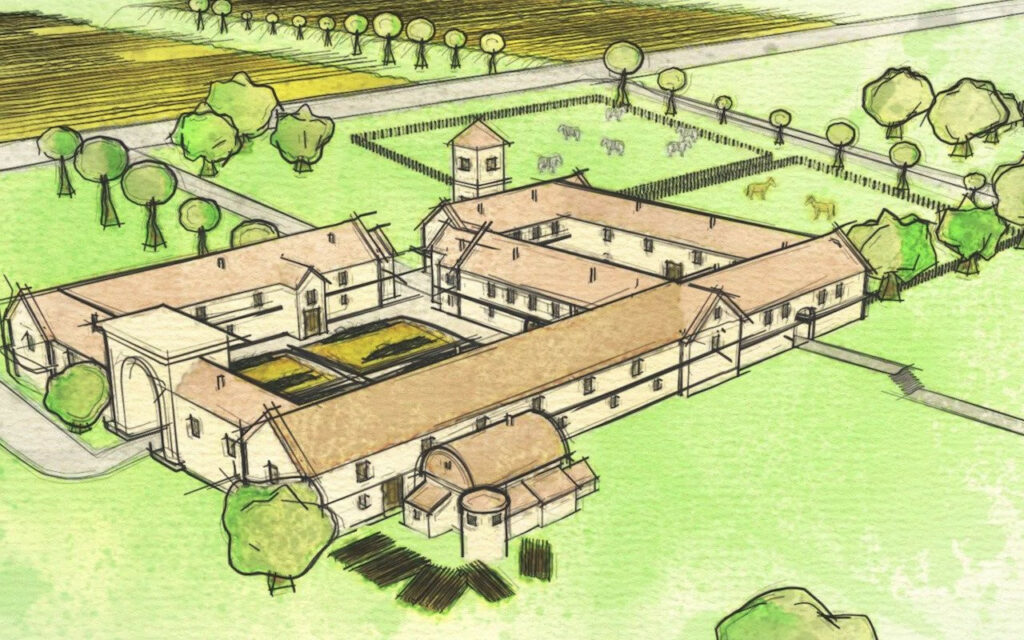
Remarkable Artifacts and Features
The dig uncovered numerous fascinating artifacts and architectural features, including:
- A perfectly preserved Roman well
- Underfloor heating pipes
- A stone coffin of a Roman child (previously used as a flower pot)
- Discarded oyster shells, indicating the wealthy status of the villa’s inhabitants
- Sections of walls standing 1.5 meters high
Historical Significance
Dr. David Roberts, an archaeologist for Historic England, emphasized the site’s importance: “This site has not been touched since its collapse 1400 years ago and, as such, is of enormous importance. The discovery of such an elaborate and extraordinarily well-preserved villa, undamaged by agriculture for over 1500 years, is unparalleled in recent years.”
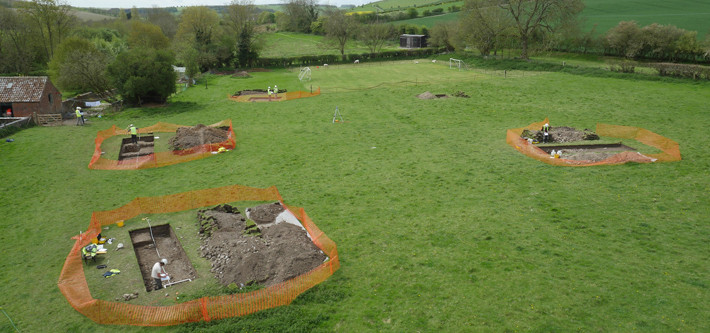
Preservation Challenges
Despite the site’s historical value, the remains of the villa and its mosaics have been reburied to protect them from the elements. The cost of fully excavating and preserving the site is estimated to be hundreds of thousands of pounds, which is currently beyond the means of local heritage organizations.
Inspiring Creativity
Inspired by his discovery, Irwin has created a series of rugs based on the Roman mosaic designs, which will be displayed in his London showroom. The artifacts recovered from the site are now in the care of Salisbury Museum.
This accidental discovery offers a tangible link to Britain’s Roman past and highlights the potential for further archaeological wonders lying just beneath our feet.
